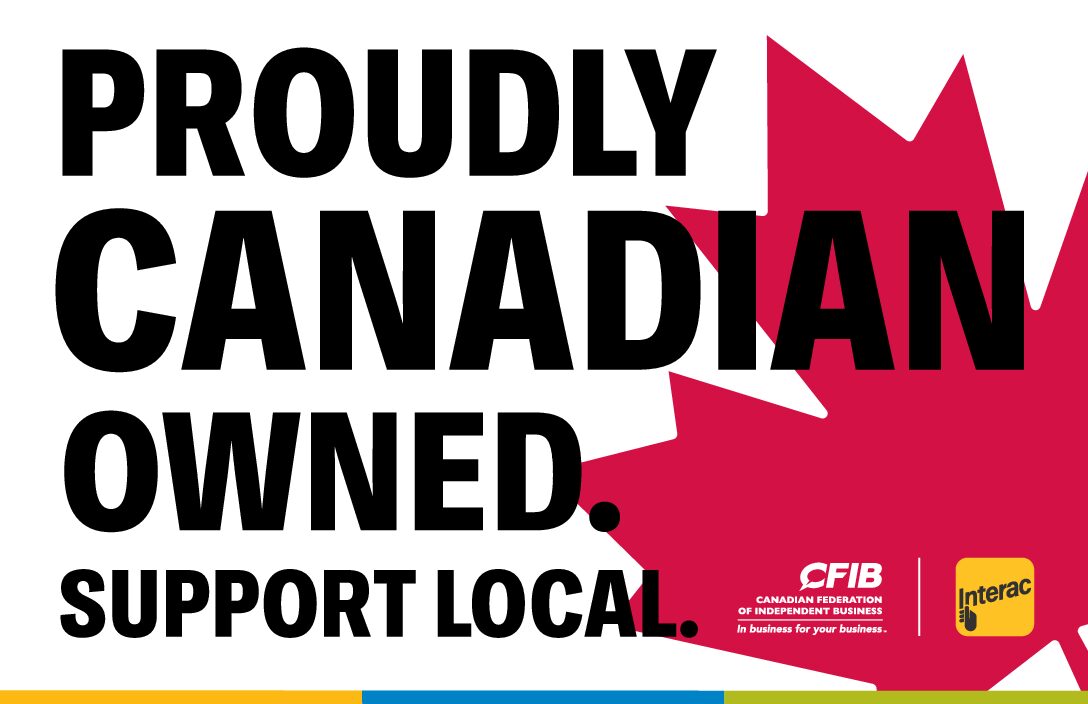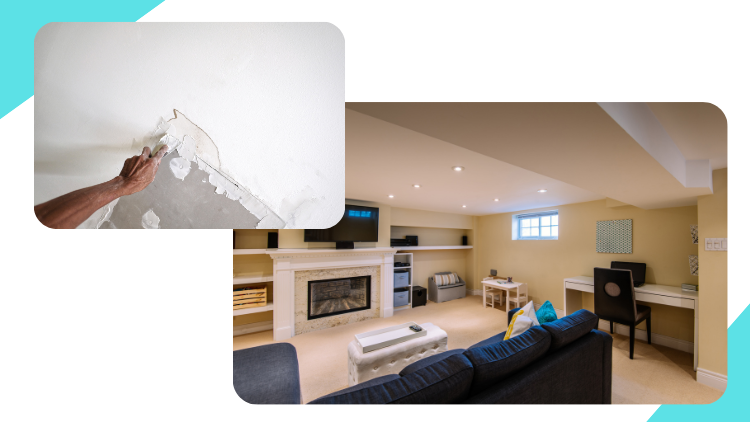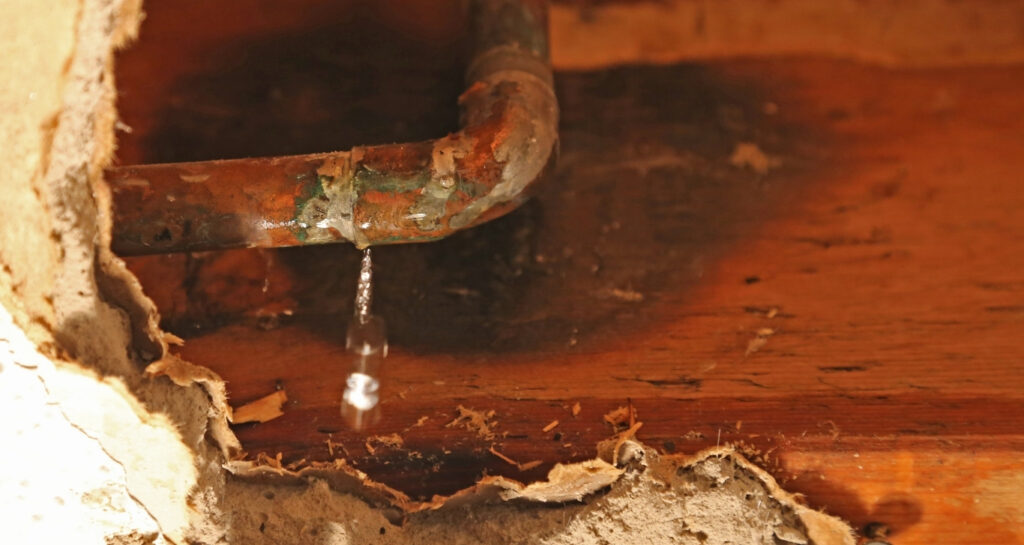We offer a wide range of services for that fresh look, or just maintenance or updates to keep your home functioning and safe. Regardless of the size of the job, we have a craftsman that can tackle it. We offer a wide range of services for that fresh look, or just maintenance or updates to keep your home functioning and safe. Regardless of the size of the job, we have a craftsman that can tackle it.

Drywall / September 1, 2025

Water damage can be a nightmare for homeowners. Whether it’s from a leaking pipe, a flooded basement, or a roof problem, water can quickly seep into your walls and cause significant issues.
Damaged drywall doesn’t just look bad; it can also lead to mould growth and other structural concerns if left untreated.
But what should you do if you notice water damage on your drywall? Here’s what you need to know about drywall water damage repair.
This blog will cover what causes the damage, signs to watch for, and what’s involved in the process of fixing it.
By the end, you’ll understand why calling professionals like our team at Handyman Connection is the best move for repairing drywall after leaks.

Drywall is a core part of your home’s interior structure, but it’s not designed to handle water. Once it gets wet, drywall becomes soft and weak, making it prone to crumbling and sagging. Here are some common causes of water damage:
Recognizing these sources early can help you act quickly to fix water-damaged drywall before it gets worse.
Not all water damage is obvious. Sometimes, the issues hide behind paint or wallpaper, making it harder to spot. Still, there are key signs that can alert you to problems:
If you notice any of these red flags, it’s essential to act fast. The longer water damage goes untreated, the bigger the problem becomes.

Water-damaged drywall isn’t something you can ignore. Besides making your home look uninviting, it poses several risks:
Hiring a professional service like ours ensures that drywall water damage repair is handled thoroughly, preventing future problems.
Fixing water-damaged drywall isn’t as simple as patching a hole. Water damage needs to be carefully assessed and repaired to ensure your home is safe and secure. Here’s a general breakdown of the process:
Before any repair begins, the source of the water must be addressed. Whether it’s fixing a leaky pipe or sealing a roof, solving the cause prevents future issues. Then, the extent of the water damage is assessed to determine how much drywall needs replacing.
Drywall that’s too damaged cannot be salvaged. Professionals will carefully cut out the compromised sections while keeping the rest of the wall intact. If mould is present, it’s essential to remove those areas safely to prevent spreading.
Moisture left behind can continue to cause problems, so the area must be completely dry before new drywall is installed. This often requires fans, dehumidifiers, or other drying tools.
New drywall is cut, shaped, and secured to fit the removed sections. Professional technicians ensure the replacement pieces blend seamlessly with the existing structure.
Once the new drywall is in place, it’s time to tape, mud, and sand the joints. Then, the repaired section is primed and painted to match your walls, making the repair virtually invisible.
By following this process, you can rest assured that your walls are repaired properly and will stand the test of time.
Once your drywall is fixed, focus on preventing future water damage. This can include regular maintenance and checks around your home:
Taking these proactive steps helps protect your home and keeps your drywall in excellent shape.
Repairing drywall after leaks can be a complex job. It’s not just about making the wall look nice; it’s also about ensuring the repair is safe, effective, and long-lasting. Attempting a DIY fix can leave lingering issues like ongoing moisture or hidden mould.
A professional team like us at Handyman Connection in Brantford brings the expertise and tools needed to handle the job right. From identifying the source of the water to ensuring a flawless finish, we ensure that every part of the repair process is done to the highest standard.
Water damage can feel overwhelming, but repairing drywall after leaks doesn’t have to be stressful. With the right team on your side, you can restore your home’s beauty and function in no time.
Our professionals at Handyman Connection in Brantford are here to help with every step of drywall water damage repair. Request an estimate today, and let’s get started on bringing your walls back to their best.